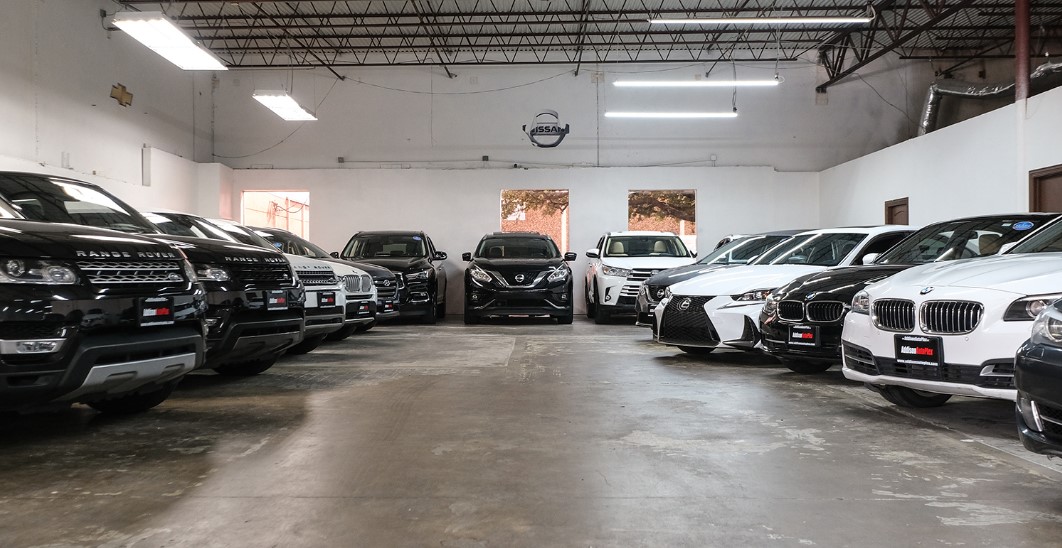Automotive dealerships are an attractive target for thieves, vandals, and other criminals. Protecting multimillion-dollar inventories of new and used vehicles is a significant challenge for this type of business.
A security system with live remote monitoring is a powerful tool for protecting the property without the cost of a security guard. But not all systems are created equal.
Restrict Access to Specific Areas
When someone tries to enter a secured area, they present their credentials—like an access card or a smartphone credential app—to a reader at the entry point. The reader authenticates the credential and checks conditions—like time of day or how many other people are trying to enter—and then decides whether to allow or deny the person access.
These systems benefit well-structured environments where everyone performing a particular job needs to access the same spaces and assets. Role-based permissions (role-based access control, or RBAC) are ideal for this setting.
EAC also eliminates human error that could lead to a security breach, like when someone loses their swipe card. With a system tied to an individual’s account in the management portal, it takes seconds to flag and deactivate their card so nobody else can use it. Likewise, it’s simple to log all authentication requests for compliance purposes.
Monitor All Areas
Aside from physical barriers, an effective dealership security solution should also monitor the entire property and inventory. Auto dealers must protect cars and equipment from thieves, vandals, and unruly customers, maintain business continuity, and keep staff members safe.
A comprehensive monitoring system can do all that and more with the help of remote live video monitoring. These systems send real-time alerts with a clear view of the entire lot and showroom to a central monitoring station. They can then call the police if they notice any suspicious activity or anyone is spotted entering forbidden areas.
Proximity card systems, for example, cross-check credentials against permissions to determine if someone can enter specific spaces. They can even restrict access to service bays and body shops so technicians can’t take expensive tools out of the workplace. They can also prevent unauthorized entry by tracking where and when people use their keys.
Monitor Vehicles
Auto dealerships are a tempting target for theft, vandalism, and criminal damage. Floor-to-ceiling windows with prized vehicles on display can attract thieves and vandals, resulting in thousands of dollars worth of yearly losses. Unfortunately, stolen vehicles are rarely recovered as criminals often escape before law enforcement arrives.
A security system can monitor cars in and around the dealership, preventing criminal activity. Some key management solutions use AI-powered cameras to identify vehicles and license plates, making it easy for the dealership to monitor movement and locate unauthorized vehicles.
Remote monitoring agents will also be able to verify any alarms so that calls to the police visually are prioritized and responded to quickly. This saves on call-out costs and ensures that any threats or intrusions are dealt with promptly. This is especially valuable as many car dealerships have multimillion-dollar inventory left on the lot after hours. Reviewing recorded videos can also help defend against false claims of customer service issues or vehicle damage.
Deter Crime
As theft and vandalism become more common, automotive dealerships must prioritize security. These dealerships often have a million-dollar inventory spread across a lot, and they need to be proactive in their approach.
With an access control system, dealers can use cameras to deter criminal activity. The system can send alarms to the dealership and police when a suspicious person or vehicle is detected on the property. This will help ensure that the police get to the scene quickly and can address any incident.
Another way that access control systems can deter crime is by making it more difficult for thieves to steal vehicles or car parts from the lot. The cameras will capture any attempt to leave the premises with a vehicle and can also record any damage to a vehicle that occurs during a service lane visit. This can prove invaluable if someone falsely claims that the dealership caused their vehicle damage

